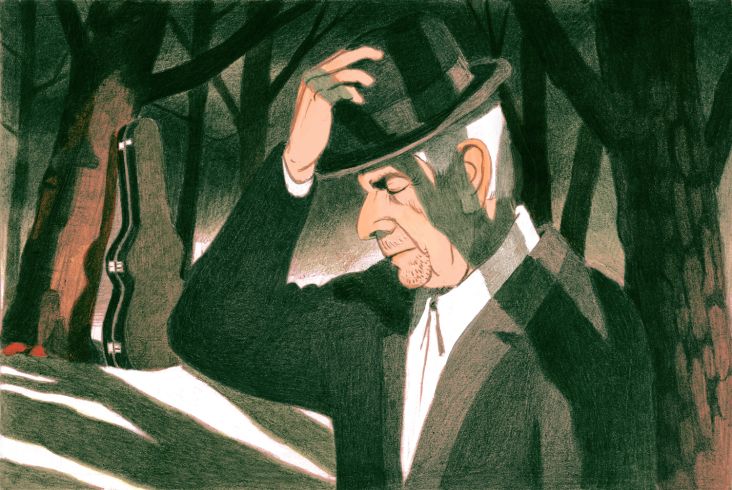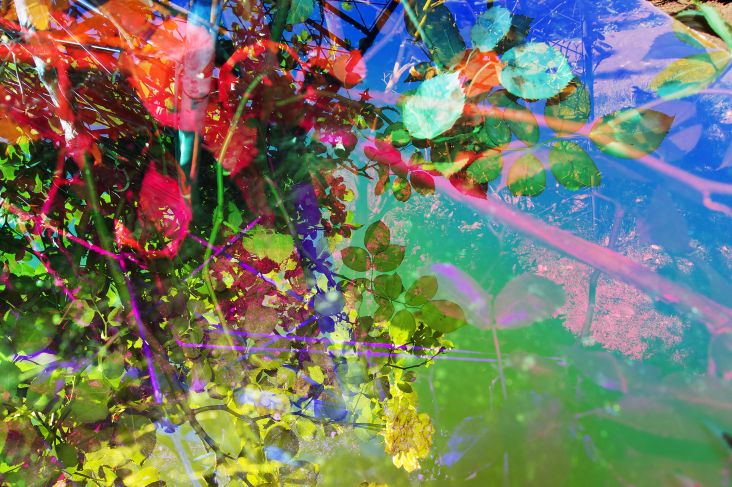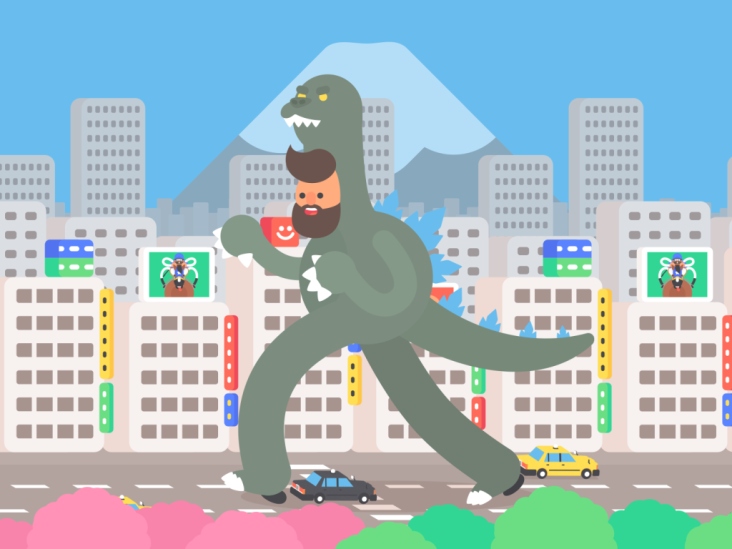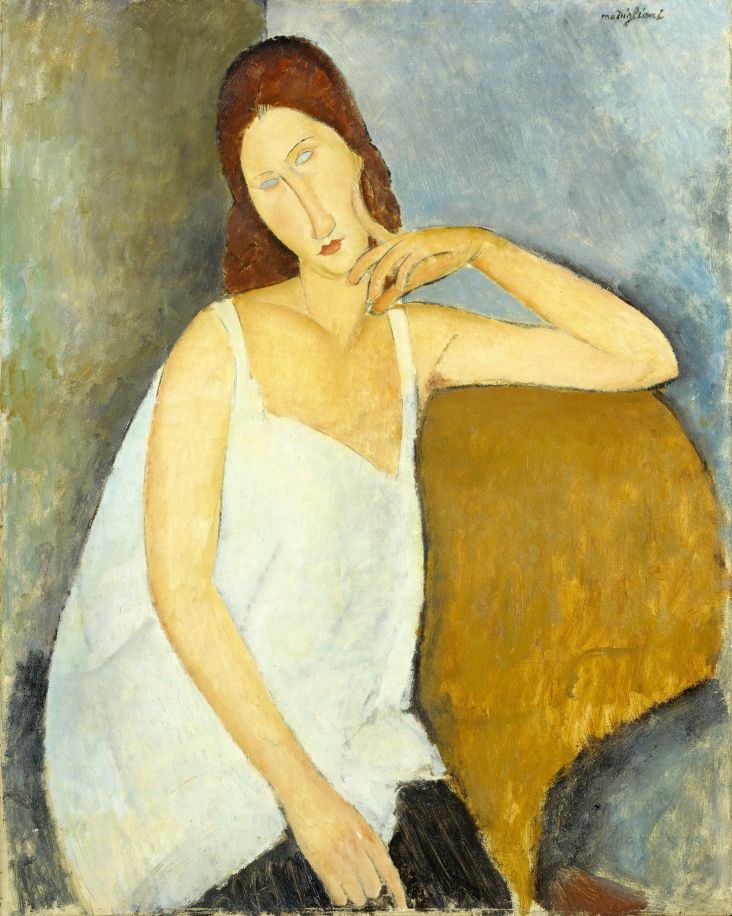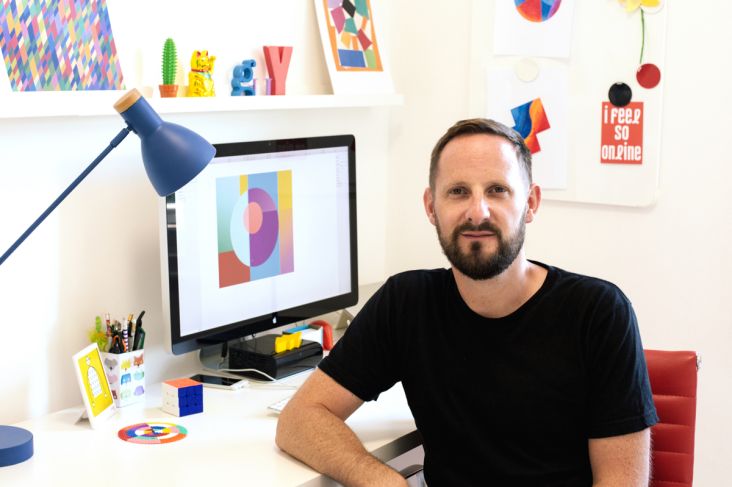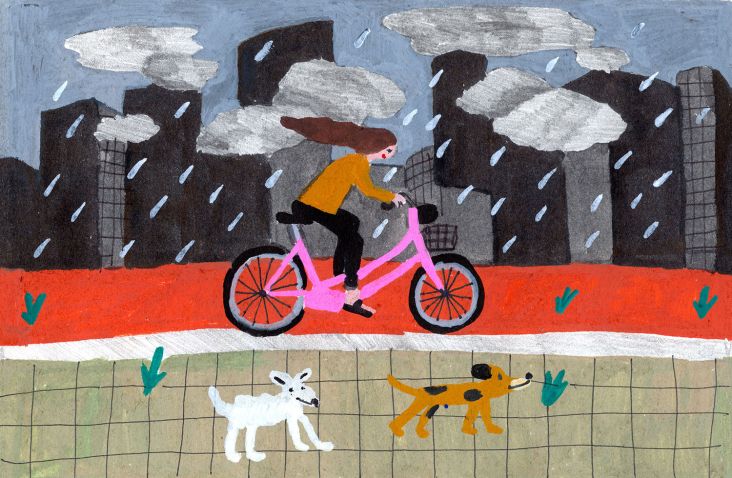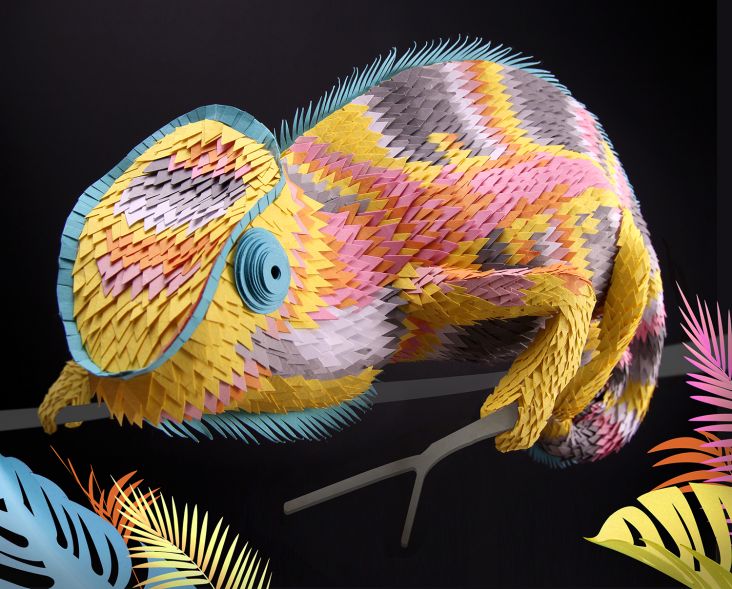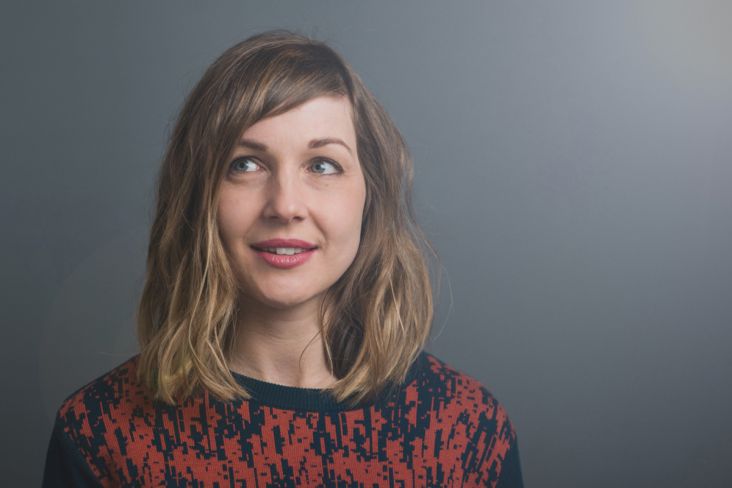Illustrator Rebecca Mock on freelancing, Japanese animation and growing as an artist
Rebecca Mock is a freelance illustrator, comic book artist and animator based in Brooklyn, New York. With a portfolio full to the brim with exciting projects for the likes of The New Yorker, NY Times, BBC Radio, Reader's Digest and HBO, alongside a published comic collaboration, it's fair to say that Mock is smashing it.
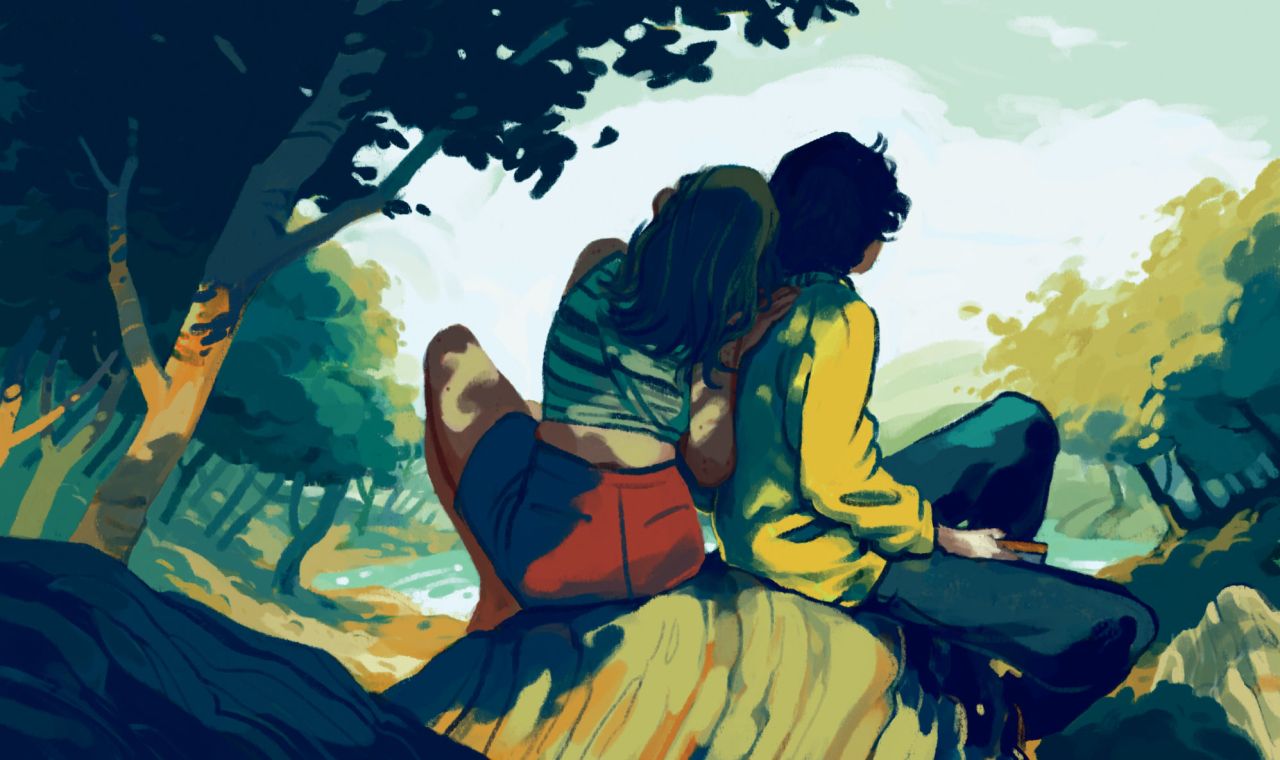
Specialising in atmospheric, cinematic gif illustration, as well as environmental concept art, background painting, and classic painterly illustration, we were keen to catch up with the artist to chat about developing a unique style, bagging a roster of impressive clients, and the daily struggles of freelancing.
What was your first foray into illustration?
I studied fine art and wanted to be a painter until I reached college. I loved painting and drawing, but the conversations surrounding these fields, focusing on concept, personal connection, deconstructing forms and questioning perception, never made sense to me.
I sat in my first illustration class in freshman year – a class that I took just for fun – and our professor began to explain what illustration was, why it was important. For the first time, I felt like I truly understood an art form. The professor explained that many artists we consider 'fine artists' were no more than illustrators are today.
We work with people to create artwork that performs an immediate, present-day function. Our artwork adorns the day-to-day, it’s made to be understood by anyone.
Have you always been a lover of art?
Yes – I like to say I started my art school career at the age of 11, or even before that. I was enrolled in art programs since a very young age by my parents and have always felt comfortable and happy in an art classroom.
In middle school, I attended a special arts-focused school and was taught art history and theory--art books and art museums became holy for me. I was also voraciously reading comics and found the wealth of possibility for storytelling in comics very enticing. My main skill, maybe my only one, is drawing. With comics and illustration, I can tell stories with drawing alone.
Where did you study?
I was a student at the Bak Middle School of the Arts, then Dreyfoos School of the Arts for high school, both in West Palm Beach, FL. For college, I attended Maryland Institute College of Art in Baltimore, MD. I graduated in 2011.
How did you break into the industry?
A little while after I graduated from college, an acquaintance called me to do some freelance illustration work for Rockstar Games. The job was to paint background art for short animations.
As it was, this was not my area of expertise or interest, but I was eager to gain experience. I ended up falling in love with background art, working with objects and environments (rather than just people) opens up so many possibilities for imagery.
After finishing at that job, I started to build a portfolio around these new skills I’d learned, and it was that first batch of environment-focused art that got me noticed by a few editorial clients, and one thing led to another. I’ve been able to support myself on my freelance work for a few years now.
The Aftershocks, Medium.com
Arrivals, AirBnB
What are the biggest challenges you’ve faced as a freelancer? And how have you overcome them?
Handling an entire business on one’s own is a daily and weekly struggle – there are so many stages of a project to keep straight, so many documents and contracts, and a whole world of social media to navigate.
I am constantly overwhelmed and consider just crawling back into bed rather than facing my to-do list for the day. What’s more, I must find a balance between the efficient, administrative side of my business, and the intuitive, creative side unrestrained from time limits and project specs. I can’t say I’ve really overcome this, but I have learned dozens of small ways to manage the craziness.
Describe the journey to developing your unique style.
Style is not something I believe is 'developed' consciously. When you breathe, or the way you speak, or what you hum to yourself in times of doubt, that’s your style. I spent a long time in my youth agonising about how my style 'wasn’t good enough' but what I was doing, unconsciously, was telling myself 'I wasn’t good enough'.
What I enjoy drawing is my style, and it changes in accordance with what art I’m looking at, what I’m thinking and daydreaming about, and what emotions are warring inside my head.
People often comment that my work is very calm and soothing. I consider a lot of my work to be about tension and anxiety, so I find it funny people find it soothing. Maybe people are connecting to that anxiety and feel calm that they aren’t alone?
Who or what is your biggest influence?
I certainly don’t have just one. I’m strongly influenced by Japanese animation and comics, I’ve loved them all my life. Film, in general, is a big influence, as it’s an immersive storytelling. I’m guided by the work of artists I admire, some classical painters, a lot of 20th-century painters, and many illustrators.
From a creative perspective, what are the differences between creating static illustrations and gifs?
If I’m making an animation, the animation itself is what I think of first. I don’t paint a picture and then decide to animate something in it, usually. I will write a list of objects that I could animate moving, or some movement I could explore, and build the image around that. It’s fun to start with a movement and let the image become whatever I want.
And which medium do you prefer, and why?
I work entirely digitally, and it’s been a wonderful gift to have this option. As a traditional painter, my mark-making is too sloppy – I move too quickly, I have little patience. Painting requires so much careful consideration and a little instinct. But I prefer to dive in and try a lot of different things, cutting out what doesn’t work. Digital painting allows me to do this.
Summering Reading 2013 (cover), The Walrus
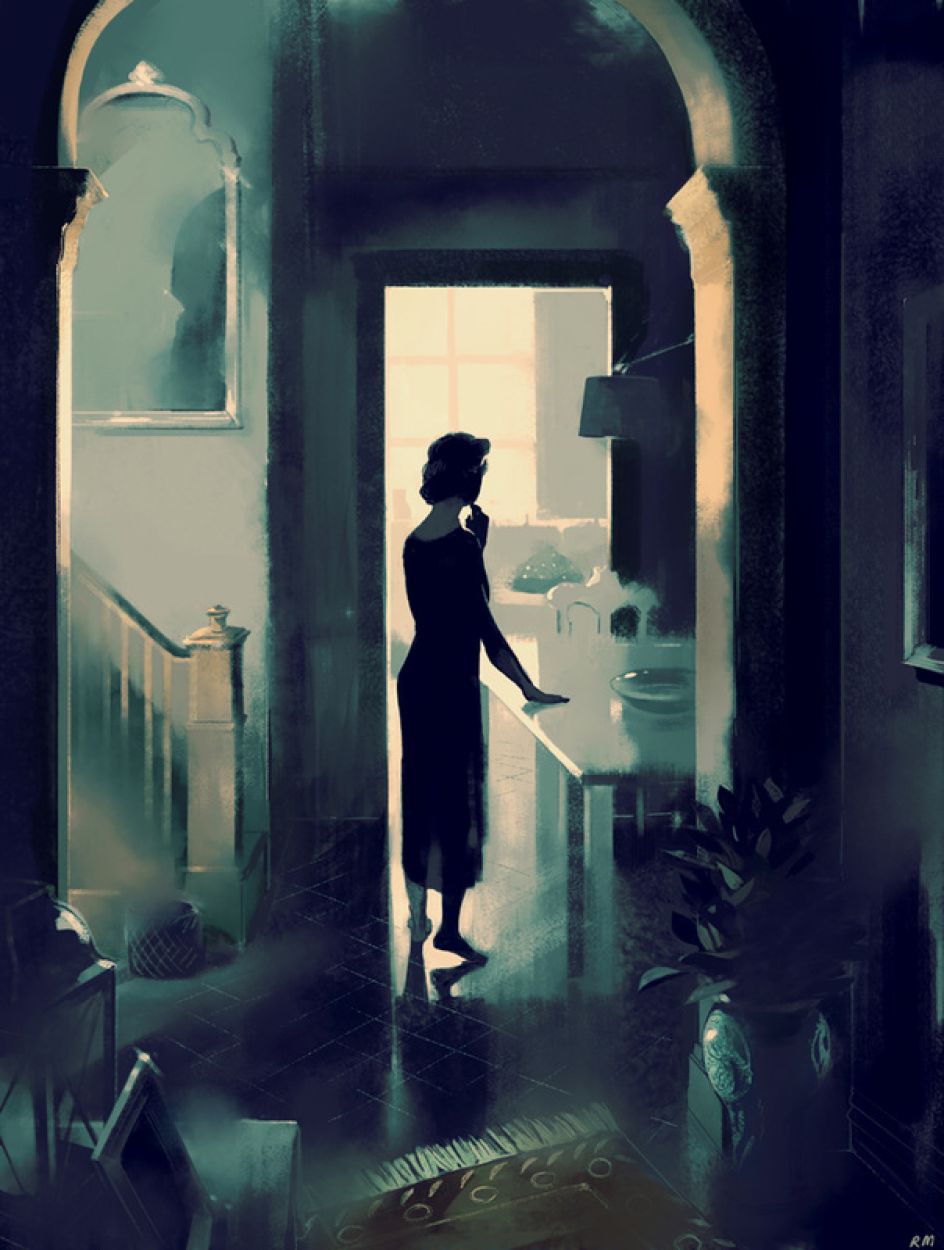
The Woman Who Got Lost in Her Own Home, Nautilus Magazine
You’re based in Brooklyn – what impact does your surroundings have on your work?
I have a lot of freedom living in this large city – if I need something, I can go and get it. Working from home allows a lot of freedom, too. If I need a break I can walk to bed. As far as shaping my working pace, it frees me up to shape each week differently depending on what I need to get done.
As far as impact on the work I create, the 'Brooklyn look' shows up a lot in the buildings and windows, not to mention the interiors, that I draw.
What does your work set up look like?
I work in the basement of a brownstone, the whole room is part-storage, part-band practice space for my roommate, and part my two desks. My main desk is an iMac and Cintiq. The lighting down here is terrible, but it’s work-in-progress. I miss sunlight but at least it’s clean and private.
You’ve created work for a range of impressive clients, including The New Yorker, NY Times and HBO. What is your favourite client project to date, and why?
That’s tough! There have been quite a few dream projects to date. I’ve been very lucky. I did a piece for the New Yorker last year, a full-page illustration for a short story, 'Anhedonia Here I Come'. The story itself had a great tone, very moody and murky, set in a small town in Ireland. I felt very inspired. All of my sketches were full of swirling clouds and muddy roads. We settled on the image of a parking lot, with a rat running across the foreground, and clouds and fog billowing in the background. I built it up a lot like an oil painting, pulling the forms out.
Your first graphic novel, in collaboration with writer Hope Larson, was published last year through FSG. Can you describe your journey to publication? Any particular highs? And lows?
The book, Compass South, was a true labour of love. I’ve wanted to be a comic book artist longer than I’ve wanted to be an artist or an illustrator. Comic books are the hardest thing to draw, folks. I mean it. I liked the challenge, not to mention I like creating characters and a world to command. But I mostly drew comics just for myself – drawing a whole comic book was too much for me to imagine.
Then Hope Larson put out a call online, looking for artists to work with. I submitted my portfolio to her, just for the heck of it. But surprisingly she asked me to work with her on this book. I think she saw something in my work I couldn’t have noticed alone. Together we’ve drawn two books and are working on a third.
Drawing the book was so daunting. I wasn’t like a lot of my peers – I hadn’t drawn a lot of comics at all. So I took to it methodically, taking it very, very seriously. I scheduled everything, did tons of research, and poured every free second I had into it. I kind of burned myself out, more than once, along the way – but in the end we created a book, and it’s the proudest accomplishment of my life.
Nothing To Do in This Heat, Personal
Main Street Blues, New York Times
What three pieces of advice would you give to someone hoping to become a freelance illustrator?
Firstly, the key to this job is self-motivation – not just to get one thing done, but to get six or 10 things done, every day. Don’t wait for someone else to tell you what to do, give yourself a goal and MEET it. Give yourself an assignment, write out a full to-do list, and get it all done in a timely manner. Do that every day. Pretty soon people will start noticing.
Next, self-care is the other skill they don’t tell you to have. As a freelancer, you’re not just in charge of your work, you’re in charge of your health. Give yourself time off, eat healthy, and talk to other humans. If you end up pushing yourself too hard (and that’s so easy to do when no one’s watching your back), you could really hurt yourself.
Finally, put your work out there, get eyeballs on it. Social media, group shows, and collaborative zines are all great ways to start networking.
What are you currently reading?
Salt: A World History by Mark Kurlansky and Birthday of the World by Ursula K. Lequin.
What's next for you?
I start work on a new book so a lot of plans revolve around hunkering down to do that. I will be taking things very slow and careful, keeping up with the news, and hopefully learning and growing as an artist.
Check out more of Rebecca's work at rebeccamock.com.
All images courtesy of the artist









](https://www.creativeboom.com/upload/articles/86/862919952c0ad18439004228895a431dc6e45ffc_732.jpg)




